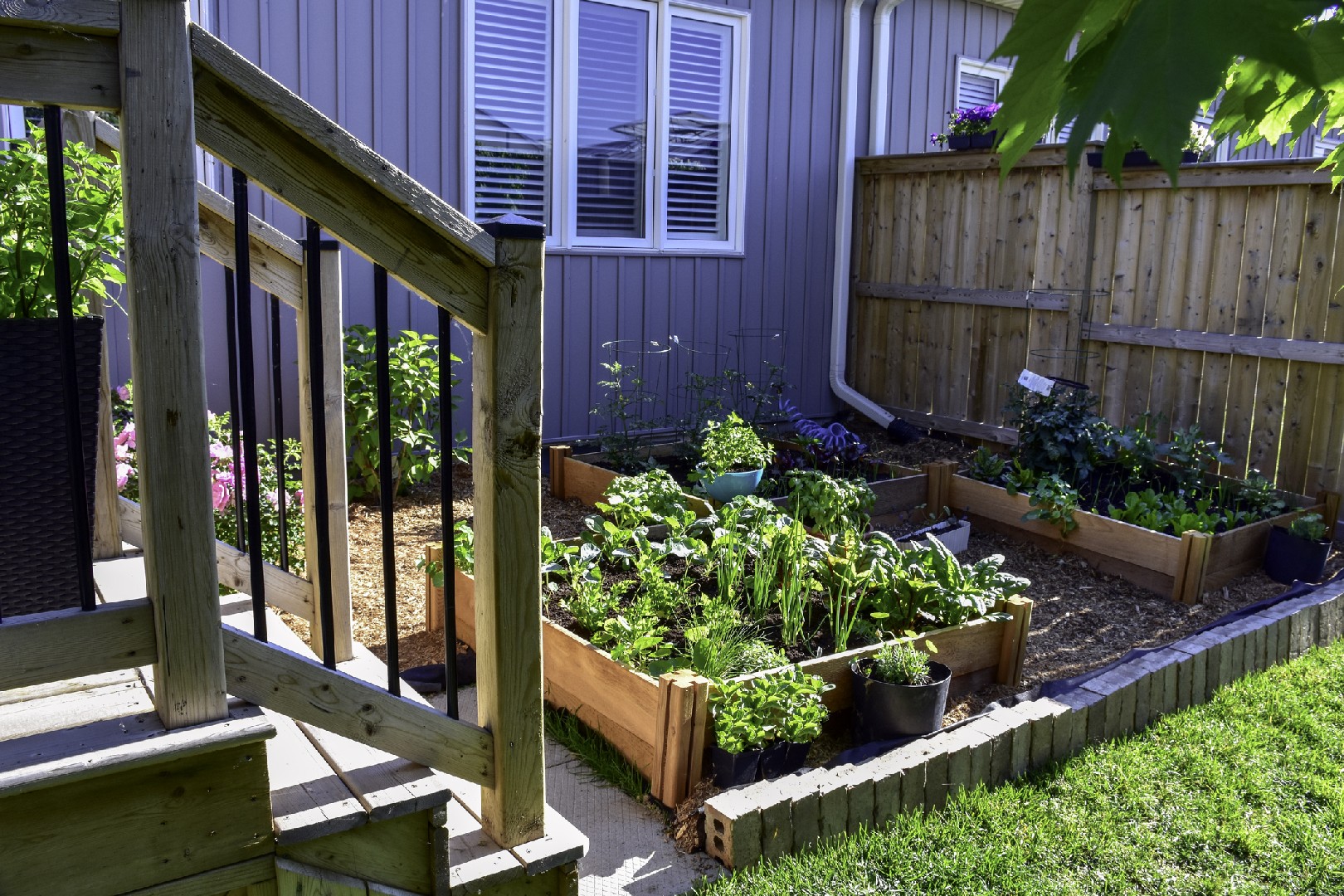![Rectangle]()
Choosing the Right Plants for Your Budget and Space
When designing a small urban garden on a budget, choosing the right plants is essential. Not only should you focus on plants that are easy to maintain, but it's also important to consider their suitability for small spaces. Here are some practical tips to help you select the perfect plants for your budget and space.
Firstly, look for plants that are low-maintenance and can thrive in urban conditions. This will save you time and effort in the long run. Some examples of easy-to-maintain plants are succulents, which require minimal watering and can tolerate various light conditions. Additionally, native plants are great choices as they are adapted to local climates and are often more resistant to pests and diseases.
Next, consider incorporating versatile herbs and vegetables into your urban garden. Not only will they add a pop of greenery, but they also serve a practical purpose. Growing your own herbs and vegetables can save you money on groceries and ensure that your food is fresh and free from harmful chemicals. Some popular options for small spaces include cherry tomatoes, lettuce, and herbs like basil and rosemary. These plants can be grown in containers or even vertically on a trellis, maximizing your limited space.
In addition to being practical, your plant selection should also contribute to the overall aesthetic of your urban garden. Look for plants that can enhance the urban landscape while still thriving in city conditions. For example, ornamental grasses, such as fountain grass or blue fescue, can add texture and movement to your garden. Climbing plants like ivy or jasmine can be trained to grow on walls or trellises, adding a touch of greenery to vertical spaces. Don't forget about flowers! Choose low-maintenance flowering plants like marigolds or geraniums to add color and beauty to your garden.
When purchasing plants, consider shopping at local nurseries or farmers markets. Not only will you support local businesses, but you'll also have the opportunity to ask for expert advice on which plants are best suited for your budget and space. Additionally, buying plants that are in season can often be more affordable.
Lastly, don't forget to factor in the cost of maintenance when choosing your plants. Some plants require more watering, fertilizing, or pruning than others, which can add up over time. Consider your available time and resources and choose plants that fit within your maintenance capabilities.
In conclusion, choosing the right plants for your small urban garden on a budget requires careful consideration. Focus on low-maintenance plants that are suited for small spaces and urban conditions. Incorporate versatile herbs and vegetables for both utility and cost-saving. Select plants that enhance the urban aesthetic while thriving in city conditions. By following these tips, you can create a beautiful and functional urban garden without breaking the bank.





